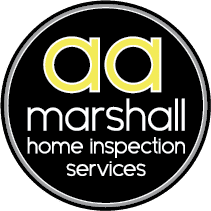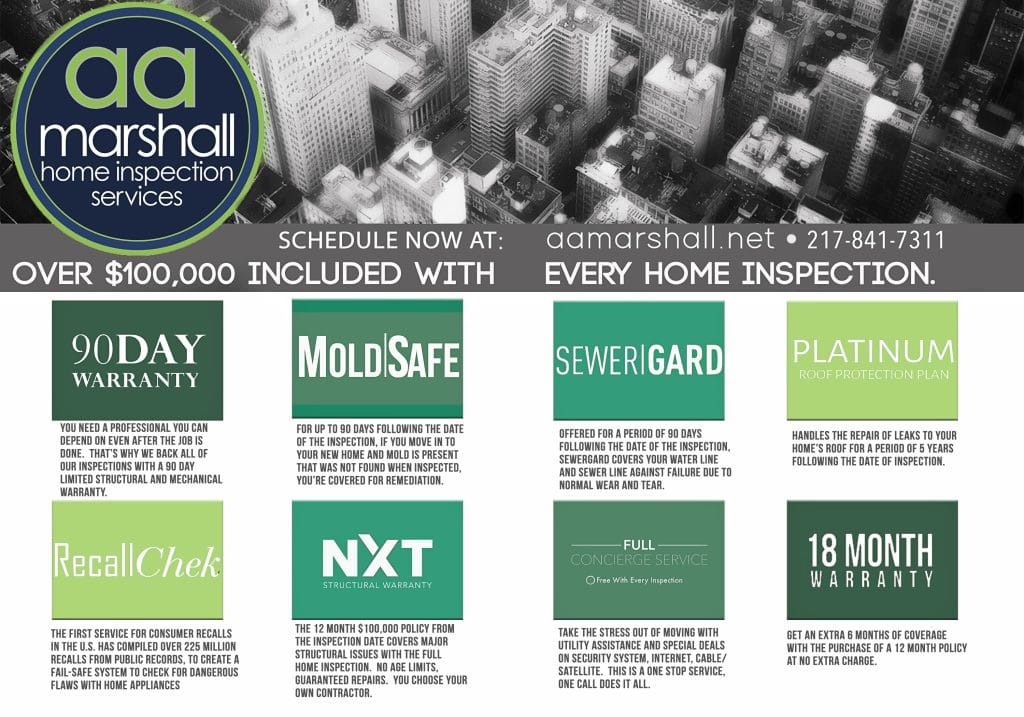
NRPP Certified
Giving you Peace of Mind
Radon is a naturally occurring gas that is emitted from the earth and found nearly everywhere in the United States.
Radon gas is second only to smoking as a cause of lung cancer.
Radon is a particular issue in the Rocky Mountains where we see a higher level of radon concentrations than elsewhere in the country.
Radon testing is advised by the EPA to be conducted during all home transactions. Elevated levels of the gas can be found in any type of foundation. In fact, radon gas is present indoor or out, but concentrates in the more tightly constructed homes being built in the last 50 years. Testing by a trained and certified individual is necessary. There are protocols that are provided by the EPA and the National Environmental Health Association’s National Radon Proficiency Program.
Proper testing in a real estate transaction requires the home be tested during “winter living conditions” where the windows and doors are closed for 12-hours prior to the testing and that the home remains closed (except for normal entry and exit) during the 48-hour testing period. This may be inconvenient, but it is the only possible method to provide a valid test.
Mountain Home Inspection utilizes highly reliable continuous radon monitors from Airthings and the Rad Elec E-perm testing system. Radon tests are passive and pose no concern to occupants in the home. Mountain Home Inspection will not perform any mitigation, remaining objective when performing these tests.
when should a mold test be conducted?
Mold is found in all homes and is essential for the world to be inhabitable for humans and animals. Mold only becomes a problem when there is too much of it. You should consider having a mold test done on your home if your or your family members have autoimmune issues, believe there to be mold in the home, or have issues with allergies. Any kind of mold in large amounts is toxic to our health. We offer three types of mold tests.
3 types of mold tests
(please notify us of which type of test you would like)
1. surface testing
We will be looking for evidence of mold or “microbial” growth when we come to your home. We will use a swab or tape lift to sample that growth. Both swabs and tape lifts are used to see if there is evidence of “current or former growth” as a result of water intrusion or excessive humidity causing the growth. Sometimes the dark or discolored “growth” is not microbial growth and thus, not evidence of water intrusion causing damage to your home. It is important to sample visible growth along with air samples to measure whether or not unwarranted exposure exists for you and your family.
You should consider having a surface sample taken if visible mold or suspected mold is present, a cleanup or removal of visible mold took place, or when a third party will be involved in effecting repairs to ensure those repairs are done properly.
2. Indoor Air Quality Testing
Our mold testing professional will determine the number of air samples that will be taken inside the home, along with an outdoor sample to compare the inside samples to as a baseline or control sample.
Air samples can tell you if you have hidden moisture or leaks that are producing spores that may represent a health risk to you and your family.
You should consider an indoor air quality test when a recent or past water event is suspected, a “musty” smell is observed, an occupant of the home is predisposed to respiratory distress, or when recent mold remediation took place and you want to verify the effectiveness.
3. Indoor air quality testing (with comprehensive moisture evaluation)
Mold samples and moisture testing is done to evaluate potential health hazards from mold and help locate sources of moisture that will eventually destroy whatever becomes wet and moldy.
Property values can be greatly affected by moisture and mold. Moisture and mold testing help prevent damage to property and help keep your family healthy by identifying the source of the problem so it can be fixed.
You should consider an indoor air quality with comprehensive moisture evaluation when you have general concerns about the house when the home sat vacant for an extended proper of time, a major water event historically is suspected, or when it is suspected that a mold issue could be present during your home inspection.

